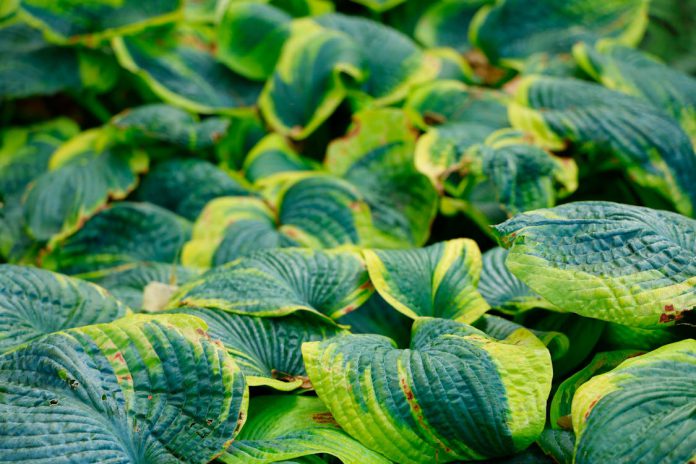Attractive foliage and floral scents are what you can generally get from a Hosta plant, and their low-growing leaves can be interesting, especially in the summer and spring. They are also great for cutting, where they can add some textures and colors to your garden. See info about a Hosta plant on this site here.
They have a variety of flower arrangements where some will have crinkly or smooth leaves while others can add silver and other colors to produce a more attractive flower. Know that the flower stalks can go up to 15 cm to 1.2 m, and they are ideal to be platen during spring or fall.
Planting Location
These plants’ light requirements can be unique because they can thrive with partial or even full shade. They do well when they’re planted in a spot that receives the full benefits of morning sunlight while getting some shade from the afternoon heat. Also, avoid the heavy clay soil because they don’t offer a lot of drainage. In snowy areas, you need to protect the leaves and stems, so you need to place them in an area that can protect them from too much snowfall.
Watering Your Plant Tips
Moisture will matter with these plants, and they need something consistent, especially if they are just starting to grow their roots. Check the soil with your fingers to see if an inch of the topsoil is already dry, and water it accordingly.
Don’t worry though, after the plant has established itself, they are going to thrive on rainy days, but it might not get much survival rate during a drought. When they are planted under a tree, know that the larger ones are going to take a lot of water, so the Hosta will still need something. Penetrate the roots and water below the large canopies when you have bigger plants.
How to Mulch?
After you plant them, add a layer of mulch that’s around two inches thick so the weeds won’t sprout. This is also going to keep the moisture from evaporation and prevent the weeds from obtaining any sunlight. Good mixes can include pine straws, shredded leaves, and other materials. Know that they also crave nutrients, so a balanced fertilizer is needed as soon as you see new growth.
Overcrowding and Division
When you notice that the plants are becoming too crowded, you need to divide them generally every four years. This helps with health maintenance, but not to worry because these plants are slow to grow. A part of your Hosta care is to make sure that you’re separating them and enabling them adequate access to water and soil.
You just need a few tools like a spade, shovel, and knife for transplant. Separating them to only a single bud for each division is recommended, but keep in mind that separation is going to set them back when it comes to maturity. Their growth will depend on the root network that got lost after the transplant so make sure that every bud has a root that’s attached to them and doesn’t damage the leaves.
Pest and Disease Management
Avoid planting these herbaceous perennials in a soil that’s constantly wet. There are diseases like anthracnose that are caused by fungi that are very common with Hosta. This is also going to degrade the appearance of the plants and it can cause dark spots on the leaves where their soft centers can fall out. Generally, fungicides are effective, and the infected leaves should be removed as soon as possible.
Petiole rot is also going to kill the plants, and they are difficult to remove. They will cause small spheres that are similar to mustard seeds in size, and when the fungus comes in contact with the plants, it will emit tissue-destroying enzymes that will kill the base and the petioles. Effective management is to sanitize the areas where the Hosta will be planted and examine the stock for wilted or yellowed leaves.
When the freezing temperatures start, it’s best to cut back the petioles and foliage to also remove the nematodes. These microscopic roundworms often feed on the leaves, and the symptoms are going to be in the form of discoloration and brown streaks. Cutting back can also help control slug populations if they are rampant.
Any soggy and brown leaves should be trimmed to discourage rabbits and voles. Add organic matter like kitchen compost and peat to keep the nutrients, and preserve the muted, chartreuse, or variegated green leaves of the plant. See more about the removal of brown leaves in this link: https://www.wikihow.com/Remove-Brown-Tips-From-the-Leaves-of-Houseplants.
Container Gardening
Always use the right pots and know that the plants generally prefer their roots to be cool all the time, so avoid containers that are made of metal. Also, don’t put them on concrete or clay because these pots tend to crack during the cold seasons, and consider the fiberglass or plastic ones. Whatever, you choose, make sure that there’s adequate drainage because a Hosta plant does not like standing water.
















